TIMID SALESPEOPLE HAVE SKINNY KIDS – LEARN HOW TO ASK FOR THE MONEY
The late motivational speaker, Zig Zigler, wrote a book with the title: “Timid Salesman
have skinny kids.” His point was that if a person in sales is timid about selling the product
and closing the sale, they aren’t going to be earning much money. Knowing when and
how to talk to the jury about damages is equally important in our professional work.
There is general agreement among skilled plaintiff trial lawyers that we should always
talk about money damages in some fashion during jury selection, opening statement as
well as final argument. The question is: what should be said at this early stage of trial?
More importantly, should we disclose in jury selection and/or opening statement the
specific amount that we are going to ask as a jury verdict? Some states have restrictions
on telling the jury the amount plaintiff is seeking at this stage of trial and some states even
a prohibit asking in argument for a specific amount. But, where it is allowed, what is the
best choice and method of discussing damages and the amount you are asking for?
THE ISSUE
Some jurisdictions and some judges have restrictions on talking to the jury about the verdict amount you are seeking in the case. Where permitted, the questions regarding suggesting a dollar amount verdict before final argument are generally these:
- Should you suggest to the jury a specific dollar amount you are seeking in the case? If so, should it be done in a mini opening done before jury selection or in jury selection or in opening statement or only in final summation?
- Rather than a specific dollar amount Should you instead suggest dollar ranges? If so, when?
- Should only talk about damages in a general sense? If so, when?
The primary concerns about these issues are these:
- Talking about large dollar amounts early in the case will offend the jury who has not heard any evidence. That results in a loss of credibility, chances of a negative reaction to damages and increasing your chance of losing.
- The case may take a turn for the worse and the number that you originally suggested will at the end if the case appear to be unreasonable, impacting your credibility and the jury reaction.
- You cannot accurately evaluate how much money to suggest until you see how the case is presented and received by the jury.
On the other hand, the reasons for giving a specific verdict amount includes these:
- Research studies have clearly demonstrated the benefit of anchoring a dollar amount . A preliminary number suggestion subconsciously the verdict amount. “Priming” with a suggested figure will increase the verdict.
- Suggesting a dollar verdict amount is an effective way to identify jurors who should be excused
- Research has shown the concerns about jury reaction are largely unfounded. The benefits outweigh the risk.
THE RESEARCH
Anchoring works
The Michigan Business and Entrepreneurial Law Review Vol 10 Issue 2 published a comprehensive article in 2021 entitled “Precise Punishment: Why Precise Punitive Damage Request Result in Higher Awards Than Round Requests.” It outlines extensive research done about advance suggestions having a subconscious influence on the opinions. The article notes:
“The cognitive heuristic known as the anchoring effect was first researched in the landmark 1974 paper by Nobel prize-winning psychologist Amos Tversky and Daniel Kahneman. It is now a well-researched conclusion that higher initial offers in negotiation result in higher final prices arrived at. This effect is attributed to cognitive anchoring, which is a behavioral bias where information a person is exposed to disproportionately their future decision.”
Furthermore, the article cites research anchoring using round or precise numbers. Research establishes that a precise number has a greater impact than a round number. The article gives an example of asking people what the temperature is outside. The first person says it is 80°, while the second person says it is 78.7. It has been shown the precise temperature rather than the rounded one is more likely to be believed. This is because it is human nature to assume that if someone gives a precise answer, they must have good reason for doing so. This principle remains constant in a variety of settings, including used-car negotiations, eBay transactions and estimating the field-goal percentage of a basketball player.
The article also points out a 2013 study confirms that when a precise number is initially presented in a negotiation, the other side is more likely to assume the number is based on subject matter knowledge compared to when a round number is initially presented. Therefore, precise number implies a greater level of knowledge than a round numerical figure.
This principle regarding using a precise number appears to have no limit. A 2014 study found that while moderately precise offers are more effective than round offers, highly precise offers are even more effective than moderately precise numbers.
Various studies cited in the article support this conclusion. A 1990 mock jury study found that when a damage request was made for precise amounts the jurors were heavily anchored to the plaintiff attorneys request. A later 1996 study confirmed the same anchoring effect on personal injury awards. As the article notes
“Simply put, for both punitive and compensatory damages, the more the plaintiff attorney asked for, the more the jury awards.”
Studies have found that even judges who routinely make legal judgments and possess high levels of education are not immune from the same anchoring effect.
Concerns over Negative Juror Reaction are Generally Unfounded
A variety of anchoring studies have found that the principle operates even when the rational mind concludes the figure suggested is blatantly absurd or when participants are aware that the anchor point is completely arbitrary.
One of the more informative studies on the issue was published[i] by the University of Denver Sturm College of Law titled Countering the Plaintiff’s Anchor. Jury Simulations to Evaluate Damages Arguments. The study examined the concern that asking for too much money will cause the lawyer to lose credibility and even lose the case. It studied whether a jury might reject the plaintiff’s anchors and award substantially lower damages than had been requested because they were offended by the number suggested. They examined a possible “boomerang effect” due to the jury’s belief the request showed a lack of credibility. The surprising conclusion from their study was that the “boomerang” effect never was demonstrated. In fact, the article cites studies where the jurors insisted the suggested verdict amount had been irrelevant to their final verdict but had still influenced their verdict. Even when jurors complained the amount plaintiffs asked for was “outrageous” or “stupid” and had “made no sense,” their verdict had been influenced. The research team determined that, despite these juror reactions, the anchoring nevertheless influenced the size of juror’s verdict in unconscious ways. In fact, they found the use of a priming anchor number resulted in a “huge anchoring effect” on their final verdict. The conclusion was:
“Like previous studies, our study found that anchoring effects had an extremely powerful effect on juries. The plaintiff was able to dramatically increase its potential recovery by simply demanding more money.”
Experienced plaintiff attorneys agree. California attorney Nick Rowley in the June 2019 issue of the Advocate has pointed out that if jurors hear any dollar amount in the mini– opening statement or voir dire and are upset with that figure, that’s exactly the reaction they would likely have when suggested in final summation. It’s better to find out attitudes early. Furthermore, he notes that talking about “substantial damages” is inadequate for either identifying bias jurors or anchoring any verdict amount. For that reason, using a precise figure as early in the case as is allowed is consistent with research on anchoring effects.
In spite of concerns, research shows that suggesting precise numbers as an anchor has far greater benefit than risk. In a study of 609 people with an average age of 29 years done in the summer of 2020 the findings were:
“The significance of this research is further illustrated in the lack of any downside to such a precise damage award requests and the uncertainty regarding any effective mitigation strategy from the defense
At the same time, the researchers caution that in a case where there is a close question of liability, the safer tactic for the plaintiff would be to maximize the chance of any recovery by adjusting the size of the amount suggested to the strength of the case. Others have suggested the same. Jury consultant Dr. Ken Broda-Bahm wrote an article[ii] with the descriptive title: When Arguing Damages, “Drop Anchor” Even in Murky Waters. He agrees with the studies that the plaintiff should suggest the largest dollar amount consistent with the case.
WAYS TO SUGGEST THE AMOUNT
Here are various ways of introducing the amount you are asking for to the jury in jury selection. David Ball recommends in his book Damages discussing with the jury in voir dire damages in a general fashion. He suggests:
- You understand that I have an obligation to talk to you about your verdict should be in this case? Does anyone have a problem with the fact that I will be suggesting what your verdict should be in this case at the end of the case?
- How many have you heard that lawyers always ask for more than they really want the jury?
- How you feel about a lawyer who honestly expresses their evaluation to you as to what your verdict should be without adding more than they feel is fair?
- How do you feel about by honestly giving you the figure I think is correct and the reasons why I think it’s correct?
Other lawyers recommend this kind of discussion with the jury in voir dire:
- Does anybody have any idea how much it will cost in today’s dollars, to provide quality medical care for a severely brain injured child over the next 50 years?”
- Would it shock anybody to learn that, in today’s dollars, the cost to take care of a severely brain injured child like Joe will be $20-$25 million?
- Let’s suppose a bank loaned a corporation $20 million dollars, and the corporation, for no good reason, never paid the bank the $20 million back. And the bank sued the corporation for the debt. What do you think the bank would be entitled to?
- Leonardo DaVinci’s painting sold for $450 million dollars. If someone negligently dropped it or negligently started a fire and burned it up, is there anyone who would say, yeah, it was a loss of $450 million dollars in value, but I don’t care, I just can’t award that amount of money? Anyone feel that way?
- We’re not asking for that amount of money, but we are going to ask you for a little more than $27 million dollars for the injuries sustained and the care needed for the rest of his life. If, after hearing all the evidence you don’t feel we have proved our case you should award nothing. If you don’t think his injuries warrant that kind of a verdict then of course do not put that amount on the verdict form and we will accept that. However, my concern is you’re going to get back there and say you know what, this is a horrible injury and they caused it and, yes, he probably deserves it, but it’s just too much money to award to a child. If anyone feels that way, please raise your hand now.
One can suggest a specific dollar amount in a variety of ways in jury selection. Depending upon the time allowed and the discretion of the judge, one of the more effective ways of doing this is using the jury instructions on damages as a basis. This can involve a graphic divided into past and future damages, with each category of damage elements from the jury instructions with damages assigned to each. It can be divided into economic and noneconomic damages assigning a dollar amount with a total verdict.
Trial lawyer Gerry Spence had a policy of always telling the jury in jury selection the amount of money he was asking for as total verdict. He would begin by telling them his own discomfort about people asking for money. He followed that by telling them the amount he was asking for and would next encourage discussion. He has said to juries:
“You know, deep down inside I’m bothered by the idea of asking money for justice. I was taught it not polite to ask for money and here I am asking you to appraise this case for $40 million dollars. Is anyone else bothered by this?”
His other comments to the jury in jury selection about damages have included these from his trial transcripts:
- Do you know what the hardest thing is about my role here? It’s talking about money
how many of you were offended when you heard me say I was asking for a verdict of $20 million?
- How you feel about exchanging money for a dead baby? What would be worse in your mind – taking money in exchange for dead baby or letting the person who negligently caused the death to not be held accountable.
- You know, deep down inside, I’m bothered by the idea of asking for money justice. I was taught it isn’t polite to ask for money and here I am asking you to appraise this case for $20 million. Is anyone else bothered by this?
- It’s always hard for me to tell you the appraisal I’ve made for the verdict in this case. I was taught it is not polite to ask for money and it makes me feel uncomfortable to do it, but it’s my duty to do that for my client. I would rather I didn’t have to do that because it seems crass and greedy.
- I’m concerned I won’t be able to convince you that I’m very sincere about the evaluation I’ve made of the verdict in this case. I’m afraid people will be upset and will presented. They will think I’m just another greedy lawyer trying to make a big fee. I’m wondering if any of you had that kind of a reaction when you heard the amount I was suggesting in this case?
- I will ask you to return a verdict here for $20 million. Will you leave room for the possibility the $20 million is a reasonable sum in this case?
- Will you let me show you why that amount is reasonable for the case?
On one occasion he tried a civil case for several men who had been wrongfully convicted and served some 25 years in prison before being released. Here is what he said to the jury during jury selection:
” You’re going to hear me talk about what seems like an unbelievable amount of money. In this case I’m going to be asking you to return, after we prove our case to you, the amount of $2 million a year each of those 25 years they were in prison when they were innocent. Would you be willing to give fair consideration to such a demand? How many of you would be willing to consider that?”
After telling the jury the verdict he was asking for, a juror responded by saying he thought that was “Lots of money.” The trial transcript reports Spence said to the juror:
“I’ve been waiting for that phrase, “lots of money,” because that’s the only thing that we have to give for justice in this case is money. Now, you used the words “lots of money,” and I’ve heard lawyers in cases say, “Well, S10,000 is lots of money to me,” and it’s lots of money to me, too. But if such a lawyer were to say that–if such a lawyer were to say that he would probably, if he stepped down wrong on the stairs someplace and sprained an ankle, would want a lot more money than that for a sprained ankle.”
In a 1982 case, Hunter vs Lewis he tried in Utah for birth injuries to a child, he told the jury in voir dire he was seeking a verdict of $40 million dollars. In final argument he said to the jury:
“Now ladies and gentlemen of the jury I know I have not made your job easy. I’ve asked for $40 million. People in jury selection have said: “How could you ask for $40 million?” People have been aghast, some outraged, and to make it appear ludicrous for having to ask for $40 million for my client. But I’m not ashamed of that because the facts in this case and justice will support every penny of that. I’ll tell you what the problem is. We have been taught that there is going to be no big justice for little people; that there’s big justice for big people only. But if we took a racehorse of Mr. Rockefeller worth $80 million and ran it down on the road, he would want $80 million for his racehorse because he’s a big man and he’s entitled big justice. But we’ve been taught that little people are not entitled to big justice. I’ve never seen $40 million. I’m telling you, however that this case is worth that amount of money. I’m asking you to make room for the possibility that one of your children is worth $40 million.”
CONCLUSION
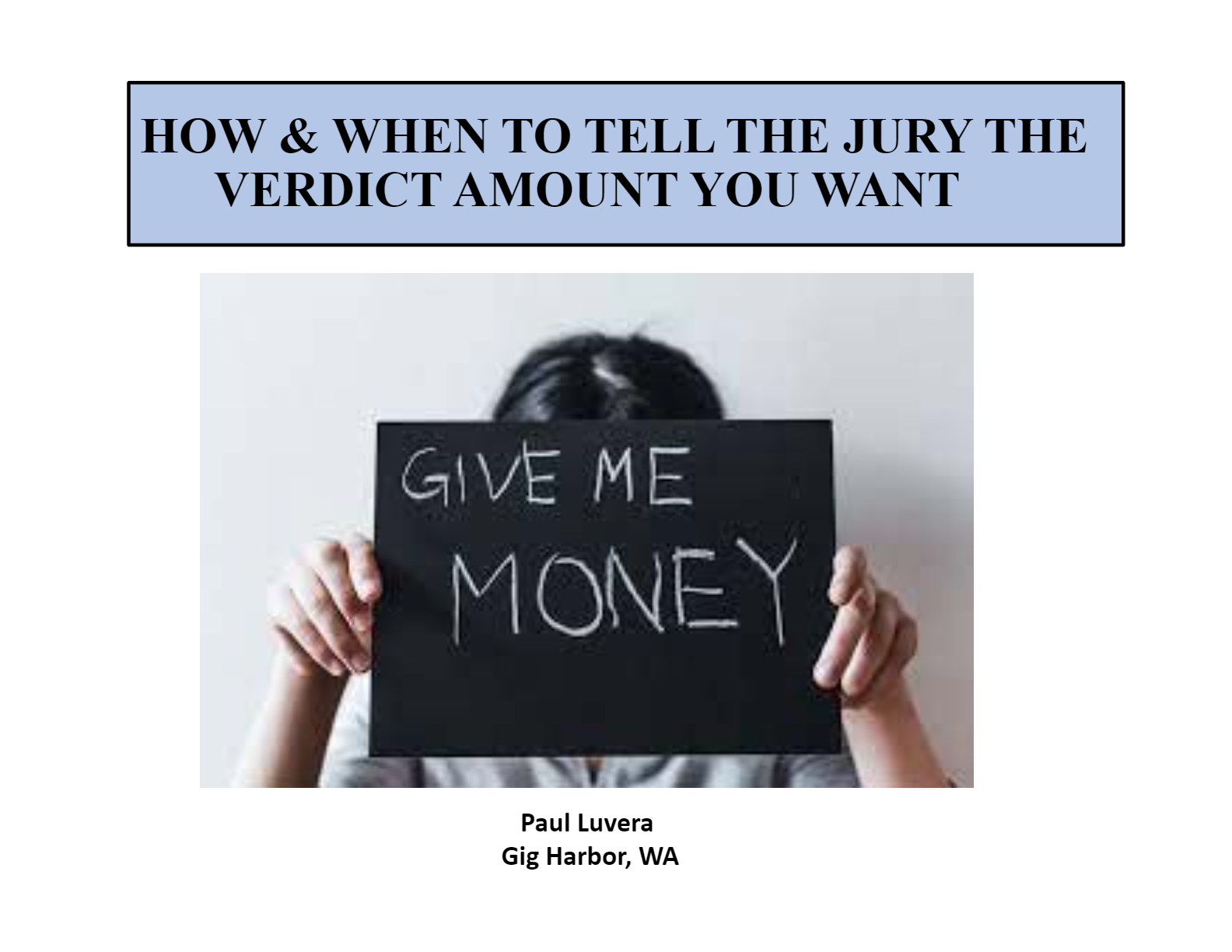
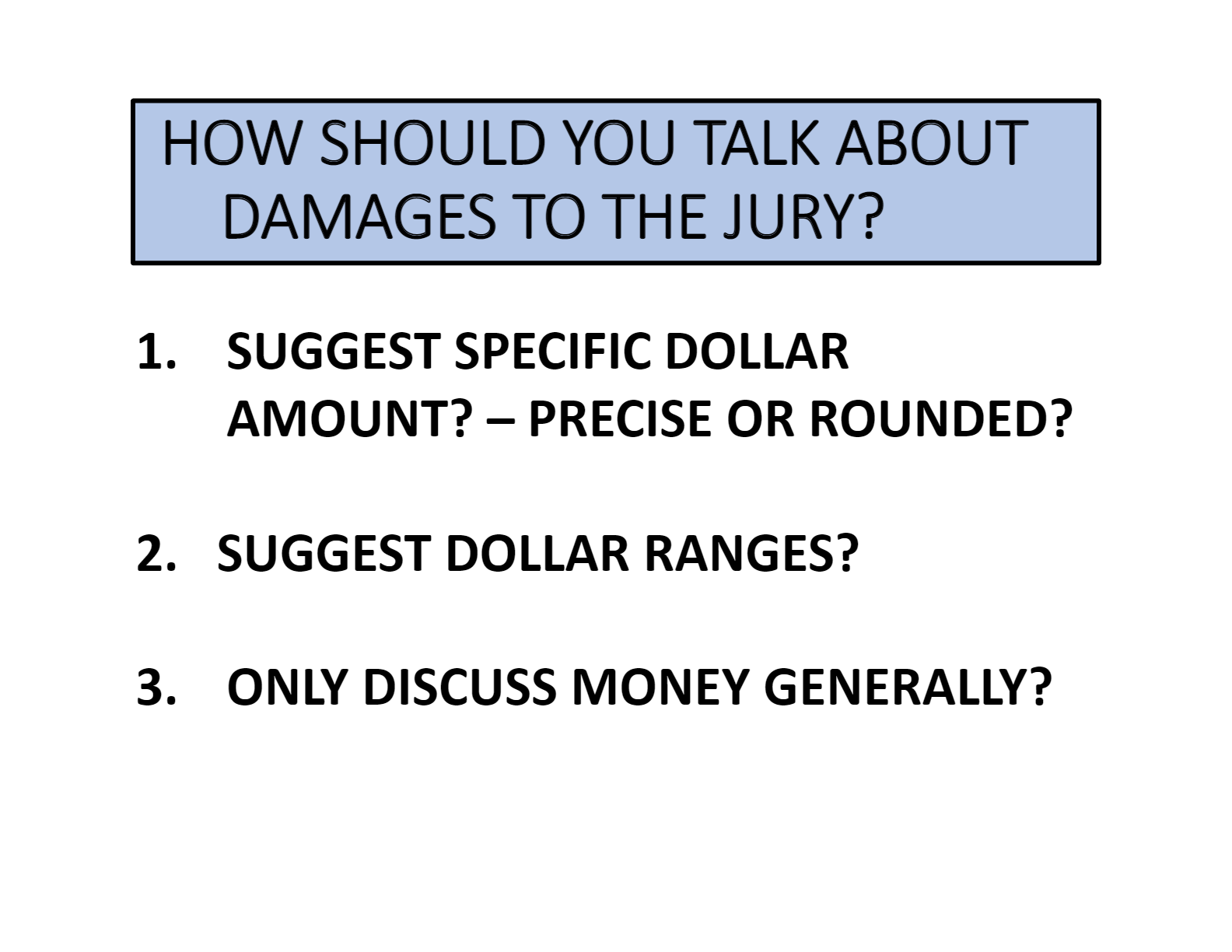
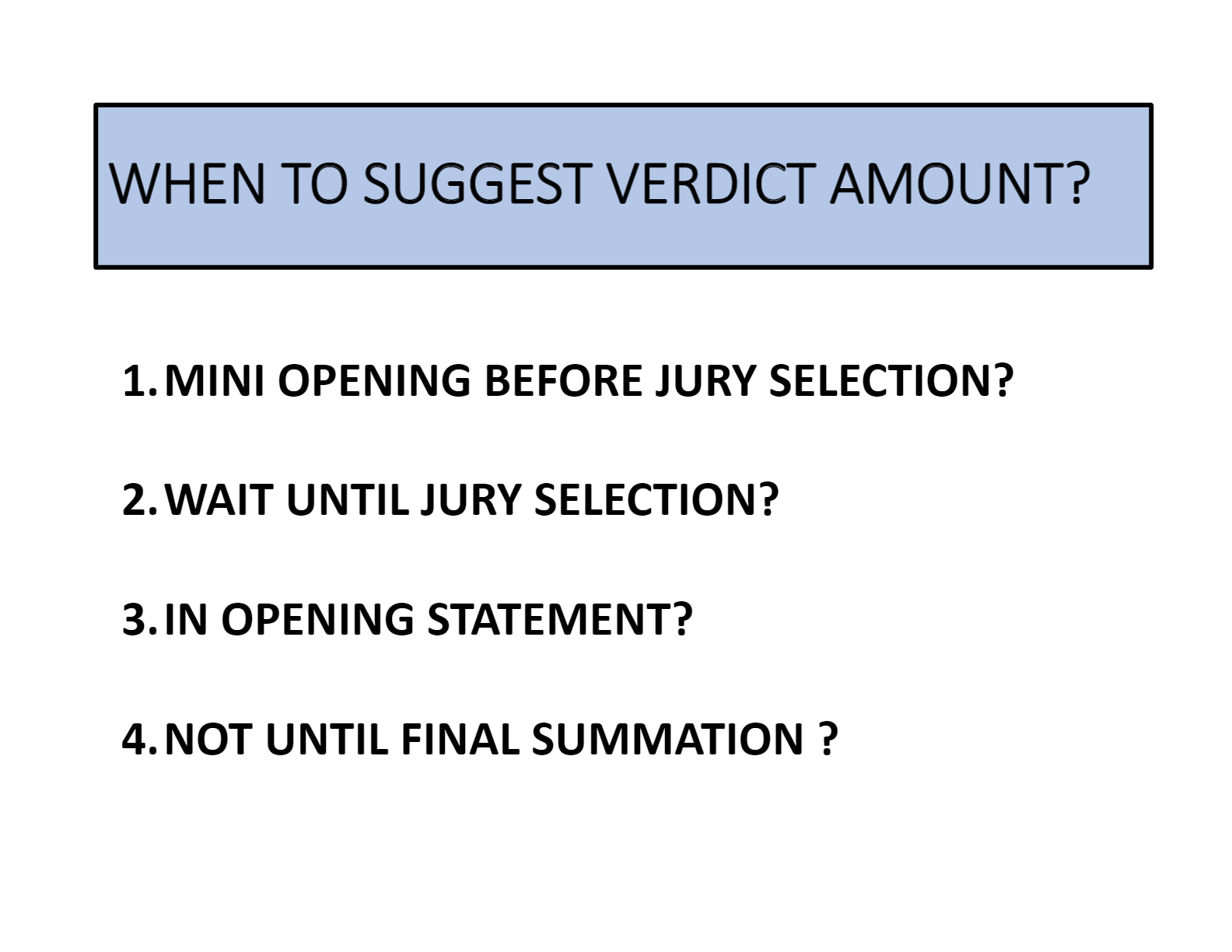
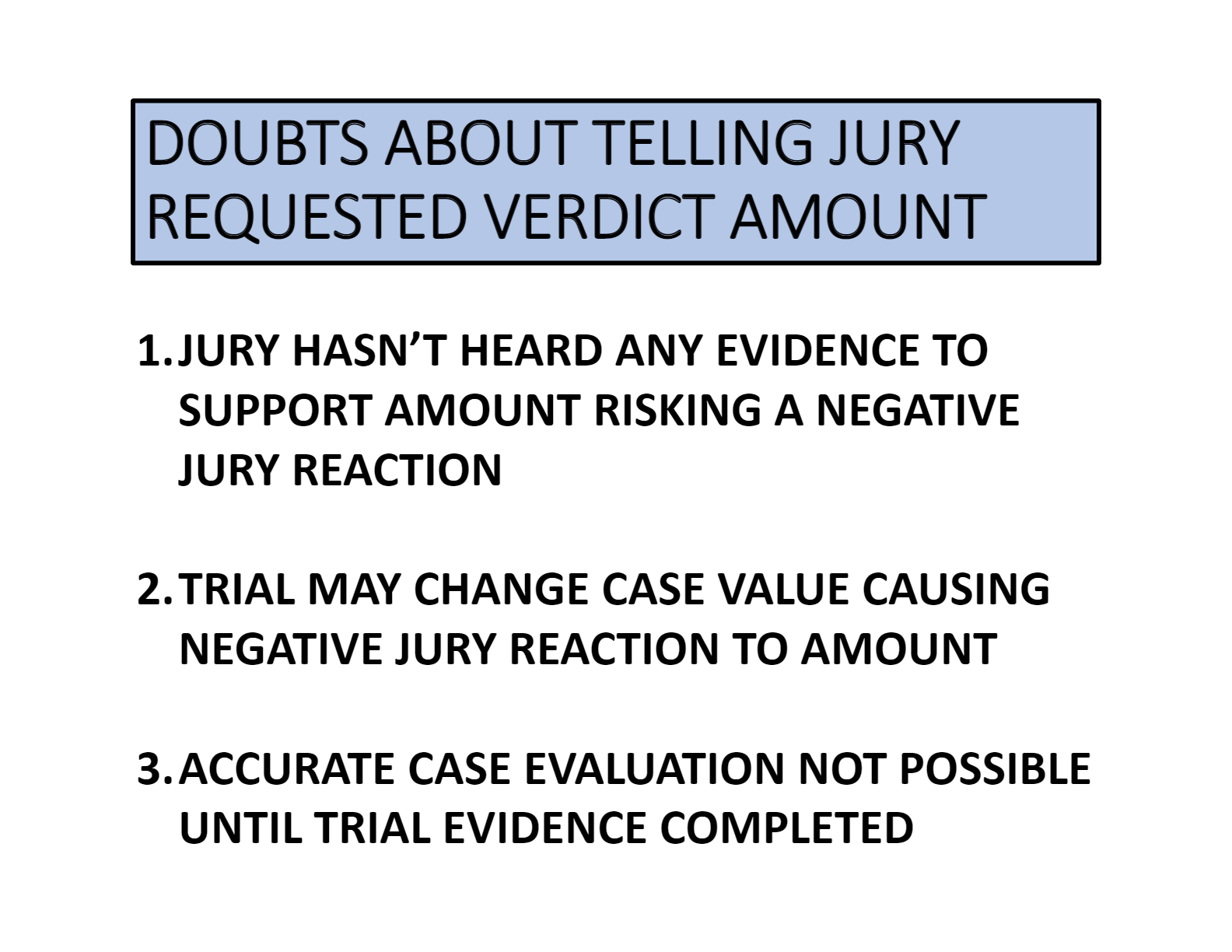
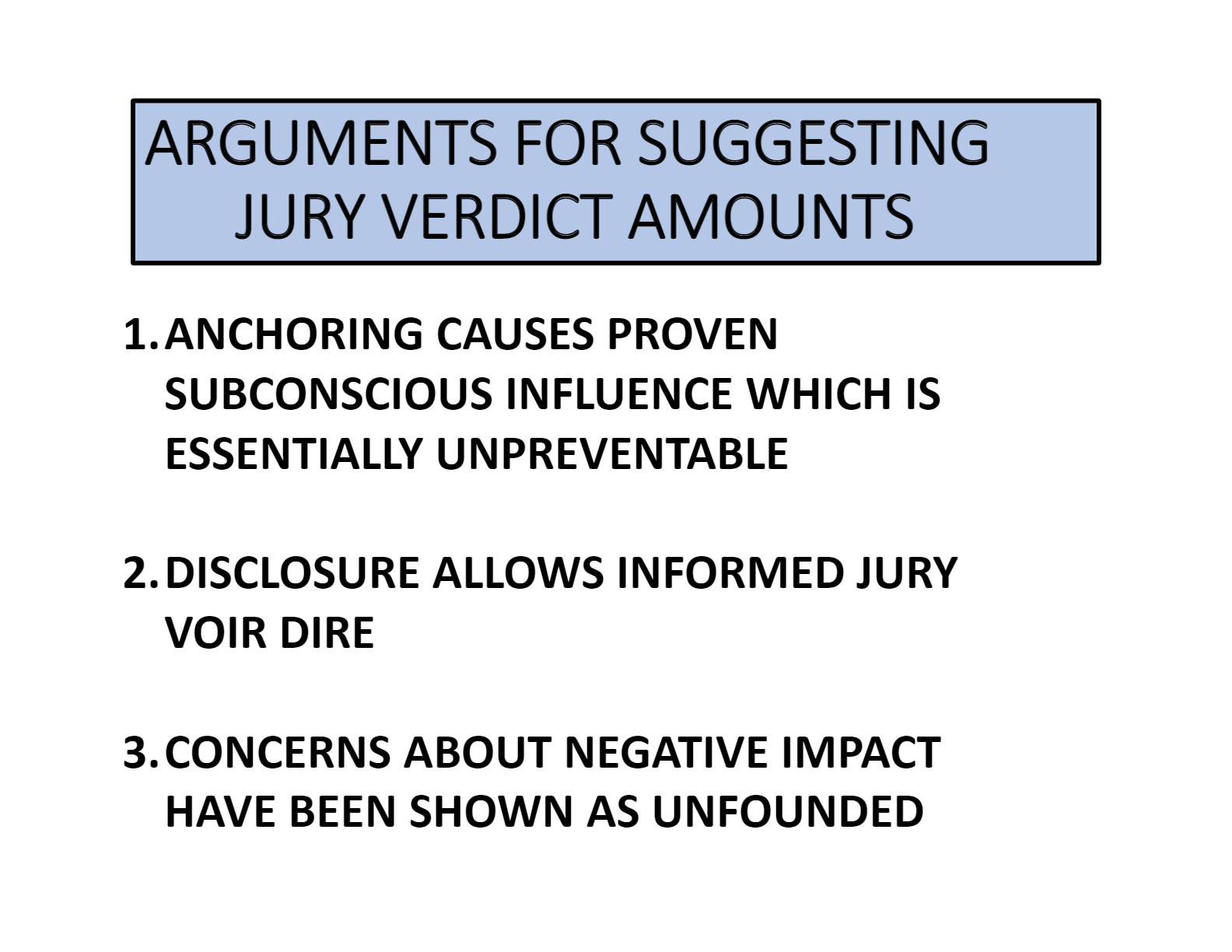
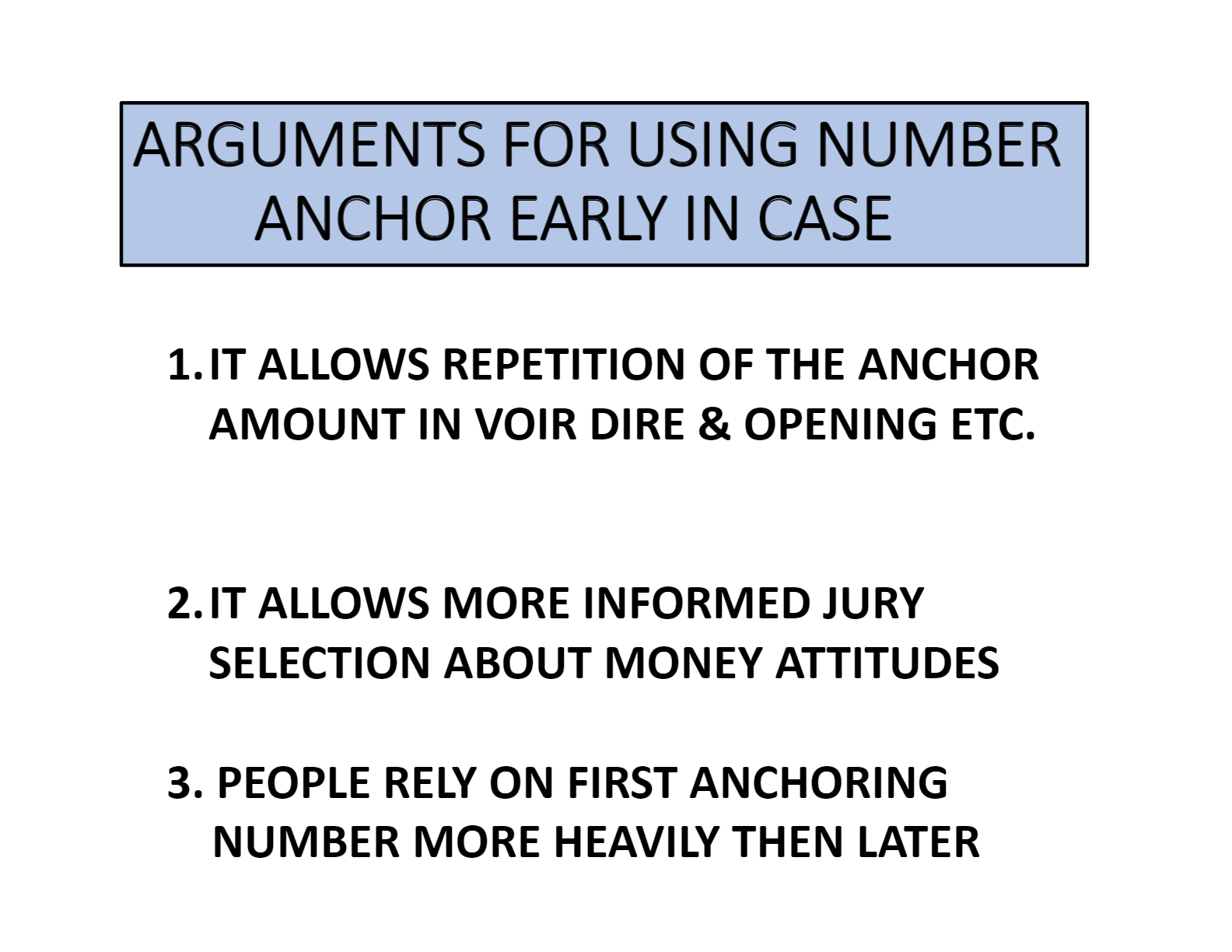
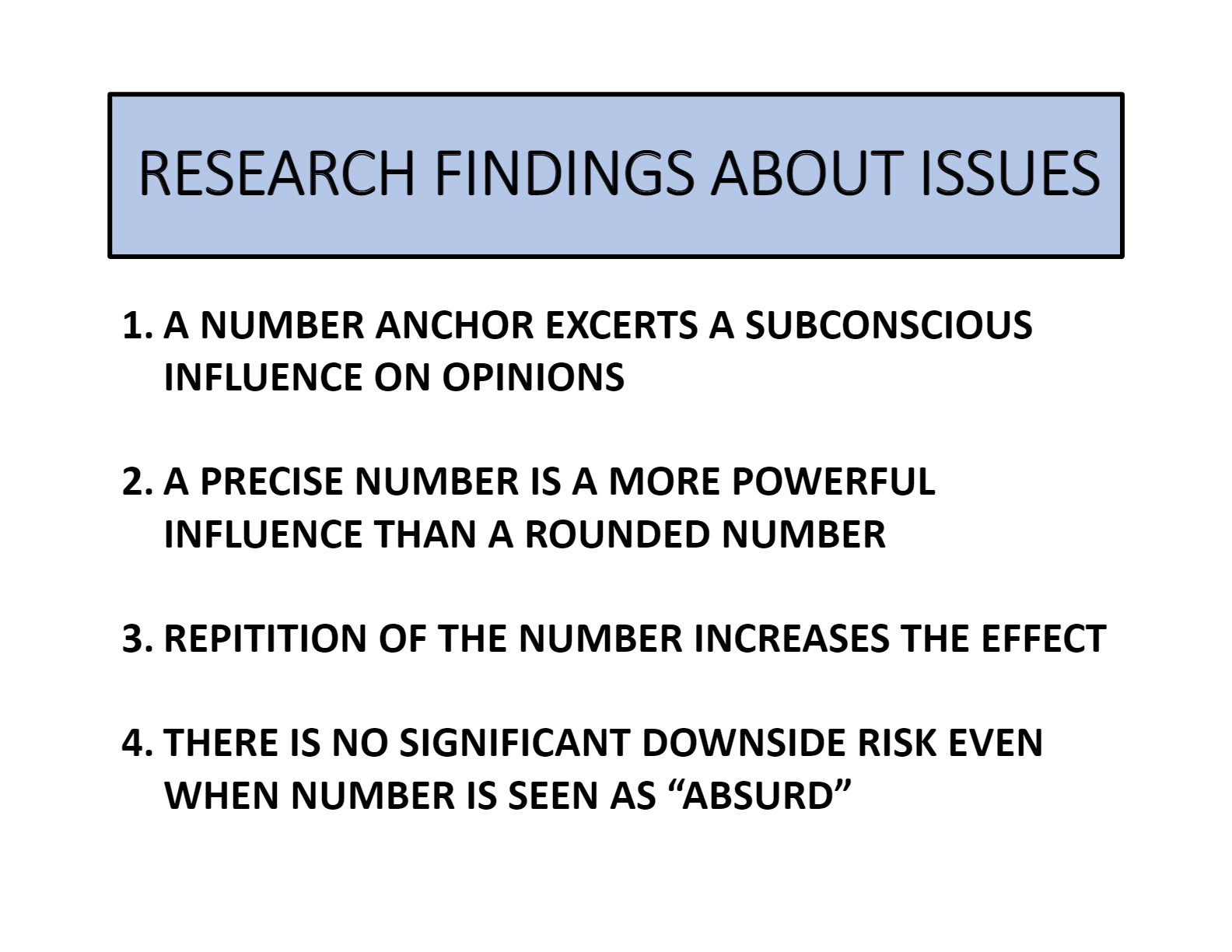
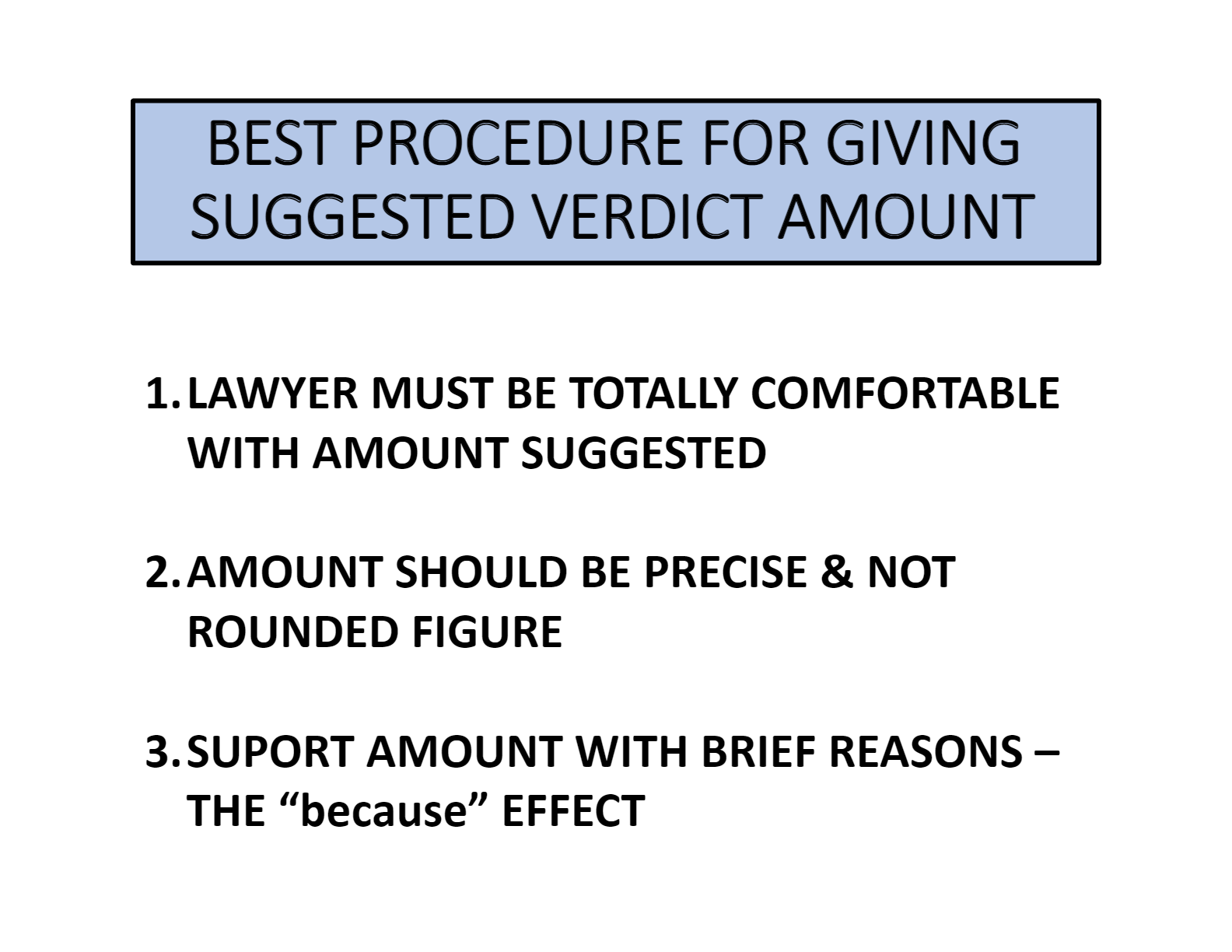
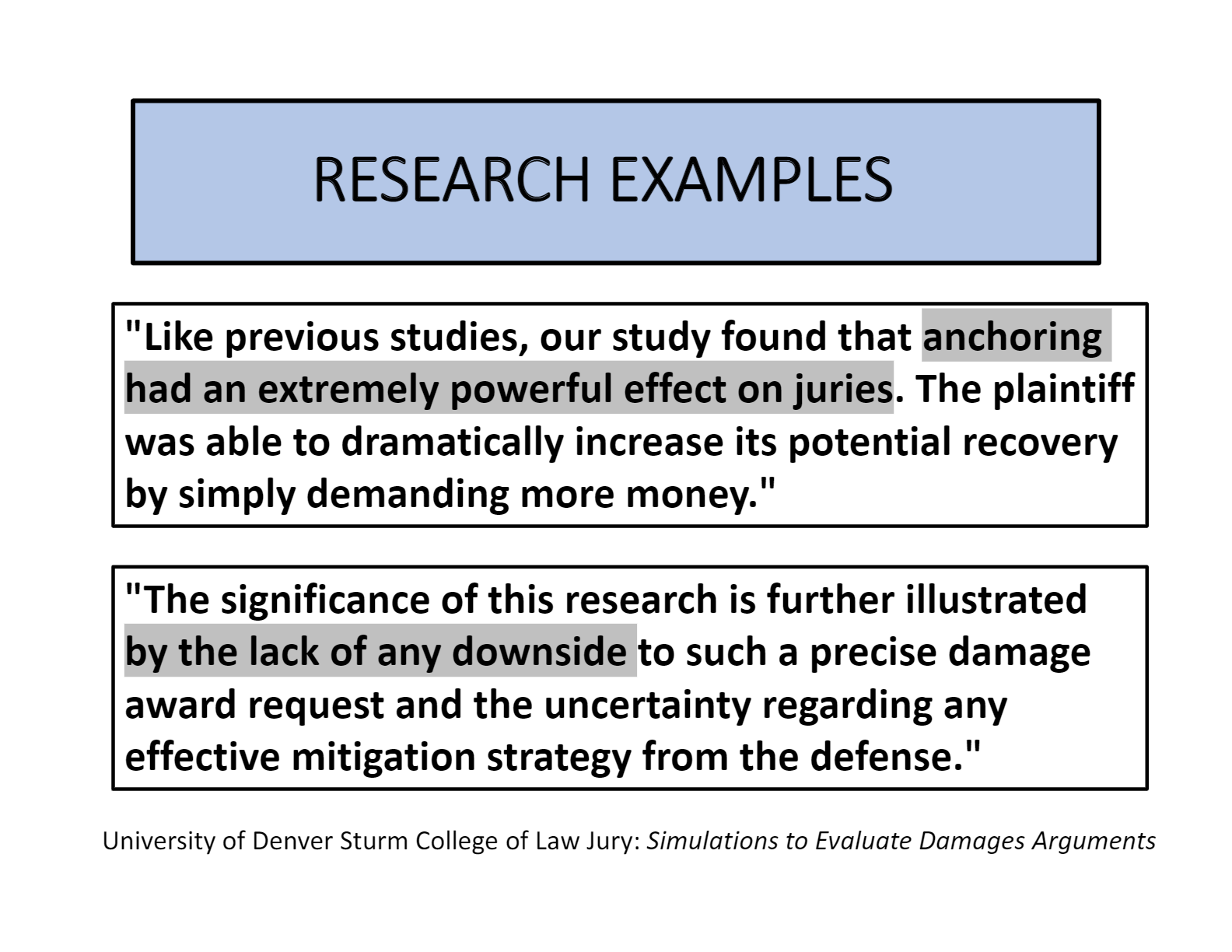
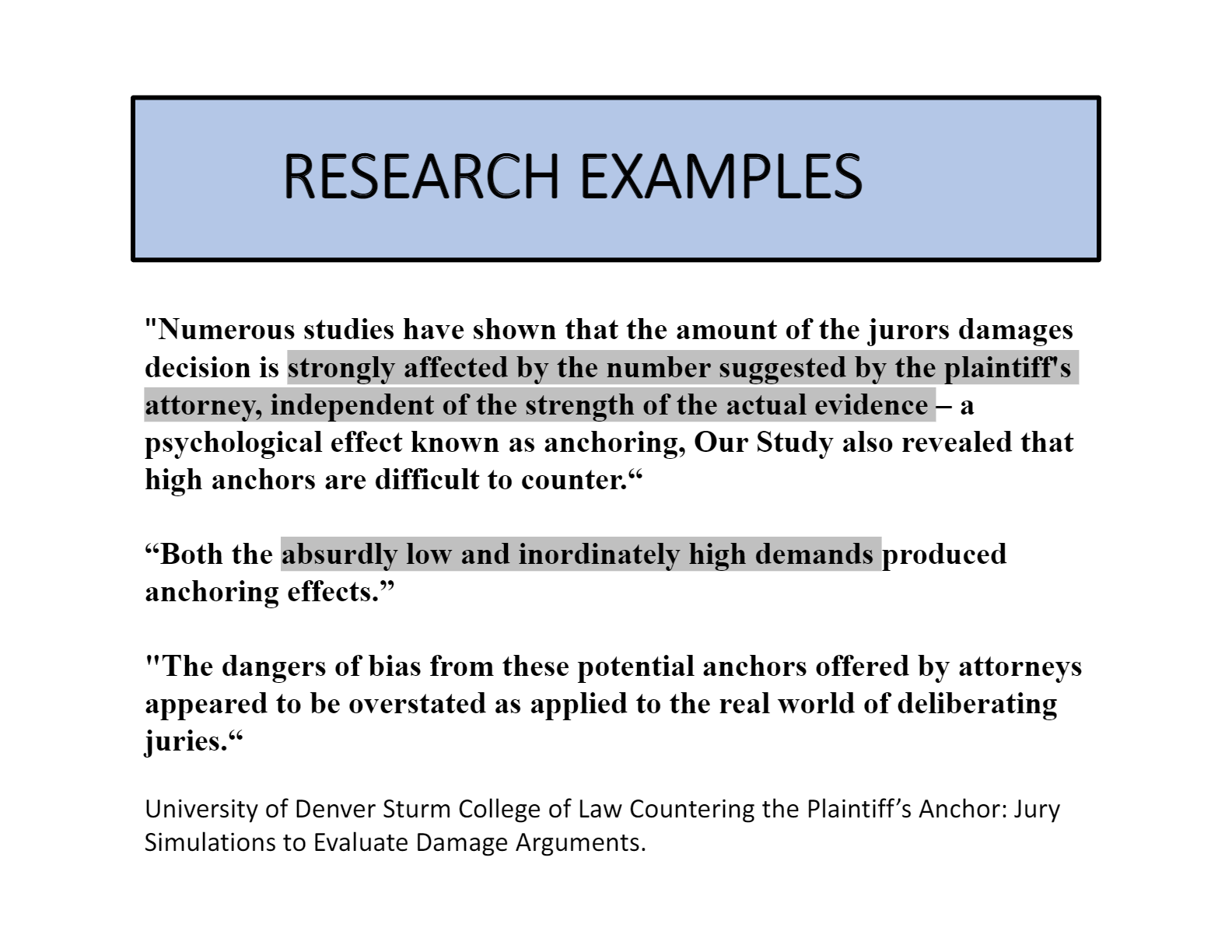
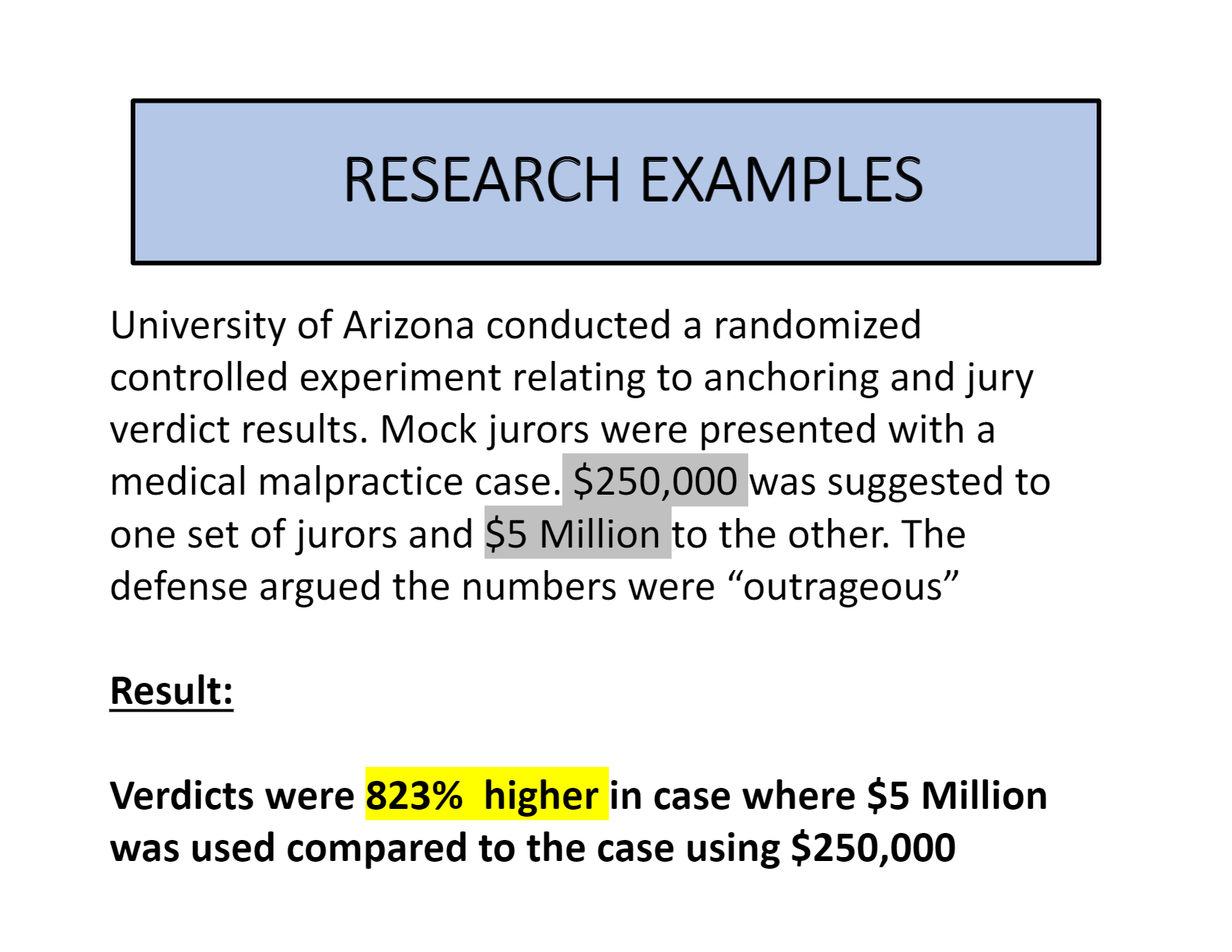
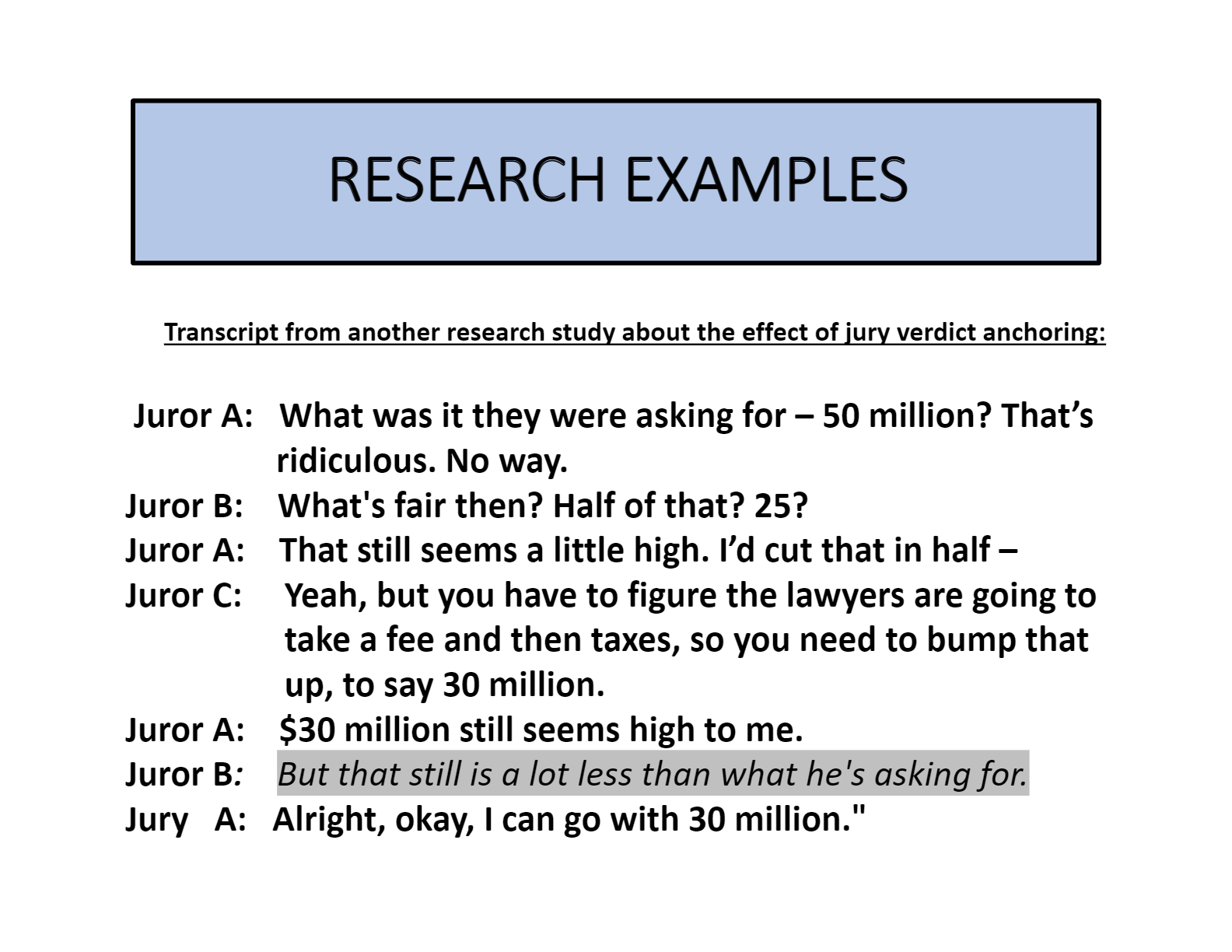
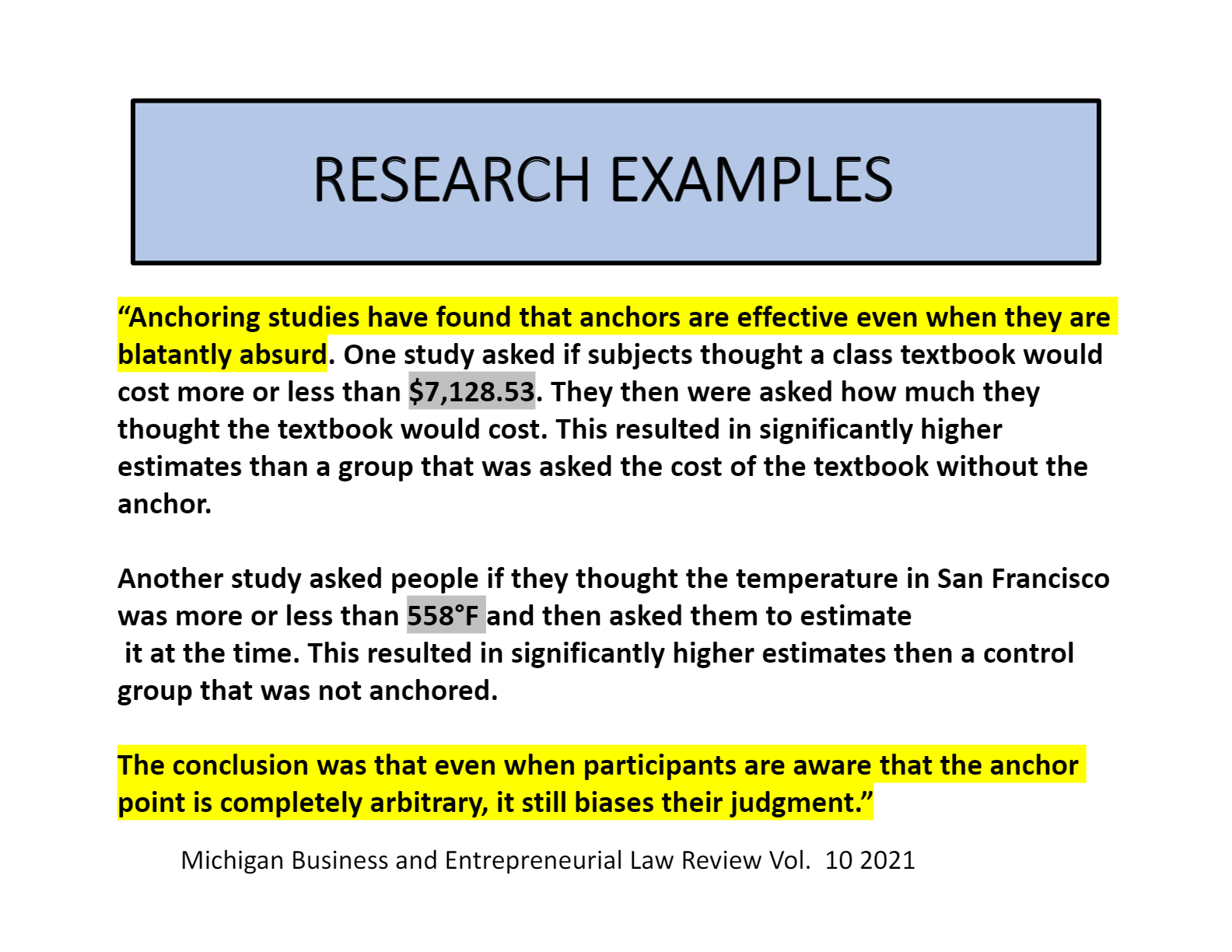
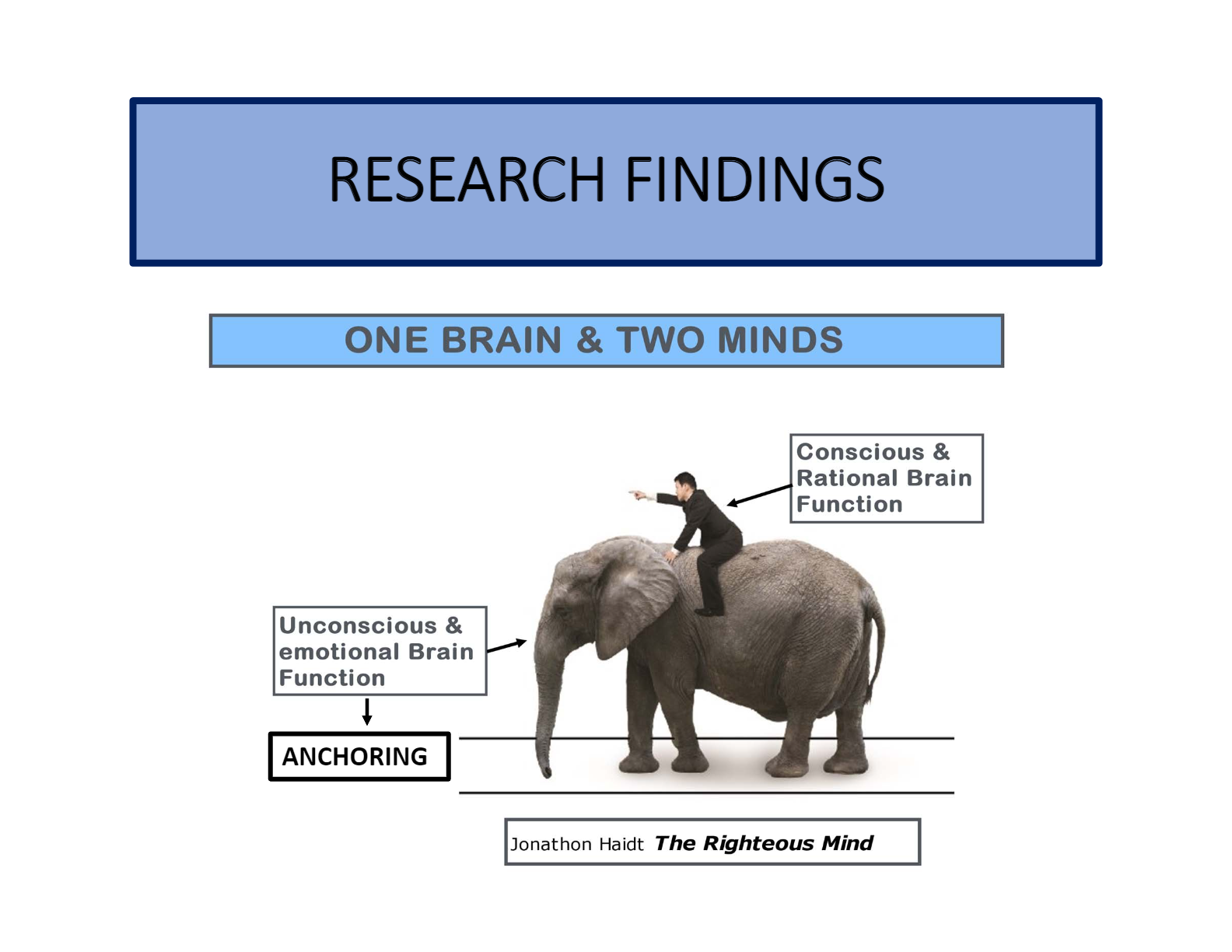
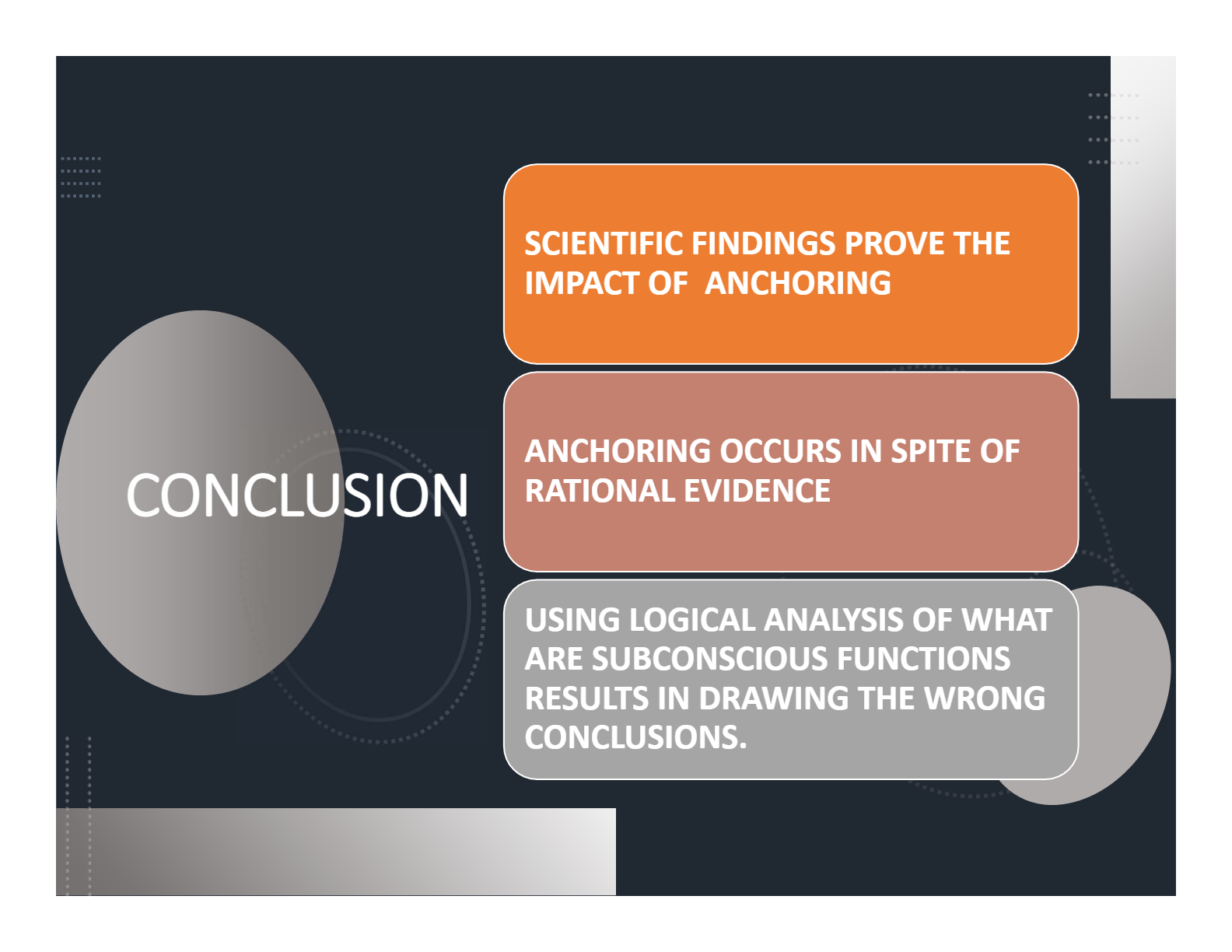
One thought on “TIMID SALESPEOPLE HAVE SKINNY KIDS – LEARN HOW TO ASK FOR THE MONEY”
Excellent and needed info. Thank you for taking the time to teach us what you know.